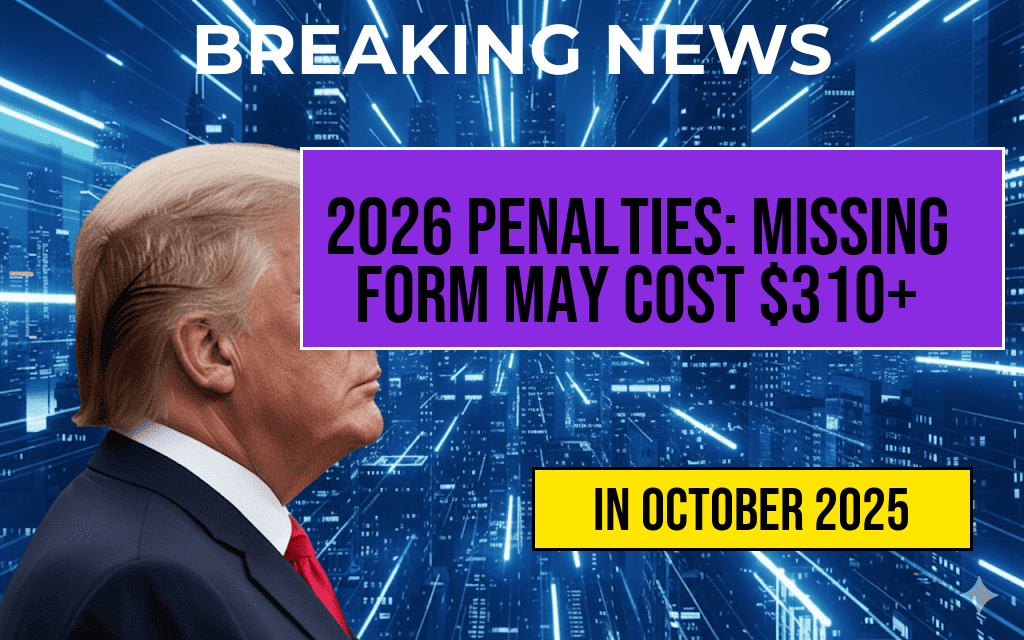The proposed overhaul of the Social Security Disability Insurance (SSDI) program could lead to an estimated loss of $82 billion in benefits for older workers over the next decade, raising alarms among policy analysts and advocates. The changes, which are part of a broader effort to reform disability benefits, aim to streamline the application process and reduce fraud. However, critics argue that these modifications could disproportionately impact older workers who rely on SSDI for financial stability in the face of health challenges. As lawmakers continue to debate the implications of these changes, the potential consequences for millions of Americans hang in the balance.
Understanding SSDI and Its Importance
The Social Security Disability Insurance program provides crucial support for individuals who are unable to work due to severe disabilities. Funded through payroll taxes, SSDI serves as a financial lifeline for millions of Americans, particularly older workers who may face increased health issues as they age.
Current SSDI Structure
Under the existing SSDI framework, beneficiaries must demonstrate a significant inability to engage in substantial gainful activity. The program has traditionally offered a safety net for individuals who have contributed to the system through their work history. However, the anticipated reforms aim to tighten eligibility requirements and introduce more rigorous assessment protocols.
Potential Impact of Proposed Changes
As discussions surrounding the SSDI reforms unfold, experts warn that the projected $82 billion reduction in benefits could have dire consequences for older workers. Many of these individuals rely on SSDI not just for living expenses, but for accessing healthcare and other essential services.
Who Will Be Affected?
- Older Workers: Many individuals aged 50 and above could find themselves disproportionately impacted by stricter eligibility criteria.
- Low-Income Families: Families relying on SSDI benefits often have limited financial resources, making the potential cuts particularly harmful.
- Healthcare Access: Reductions in benefits could lead to decreased access to necessary healthcare services for many beneficiaries.
Advocacy and Response
Advocacy groups have mobilized in response to the proposed reforms, arguing that any changes to the SSDI program must prioritize the needs of vulnerable populations. Organizations such as the National Organization of Social Security Claimants’ Representatives (NOSSCR) have raised concerns about the potential loss of benefits and the long-term implications for older workers.
Legislative Action
As Congress considers the potential reforms, lawmakers are faced with balancing the need for fiscal responsibility with the imperative of protecting vulnerable populations. Proponents of reform argue that streamlining the SSDI process could eliminate fraud, while opponents contend that it could unjustly penalize those who are genuinely in need of assistance.
Economic Implications of Benefit Cuts
The proposed cuts to SSDI benefits could have broader economic ramifications, particularly in local communities where older workers comprise a significant portion of the workforce. The reduction in disposable income among beneficiaries may lead to decreased consumer spending, which can negatively impact businesses and local economies.
Data on SSDI Beneficiaries
| Age Group | Percentage of Beneficiaries |
|---|---|
| 18-34 | 15% |
| 35-49 | 25% |
| 50-64 | 35% |
| 65+ | 25% |
Conclusion: The Path Forward
The suggested reforms to the SSDI program signal a pivotal moment in social policy, with potential consequences that reach far beyond the immediate financial implications. As stakeholders continue to engage in dialogue around these changes, it becomes increasingly important for policymakers to consider the long-term effects on older workers and the broader economy. The balance between reform and support for those in need will be crucial as the nation navigates this complex issue.
For more information on SSDI and its impact, visit the Social Security Administration or review this comprehensive analysis from Forbes.
Frequently Asked Questions
What is the SSDI program?
The SSDI program, or Social Security Disability Insurance, provides financial assistance to individuals who are unable to work due to a disability. It is designed to support those who have paid into the system through their payroll taxes.
How could the overhaul of the SSDI program affect older workers?
The proposed overhaul could lead to significant reductions in benefits, potentially resulting in an $82 billion loss for older workers who rely on these payments during retirement.
What are the main concerns regarding the proposed changes to SSDI?
Concerns include the potential loss of crucial financial support for older workers and the negative impact on their quality of life, as many may depend on SSDI benefits to cover essential living expenses.
What is the estimated financial impact of the SSDI program changes?
Experts estimate that the changes could lead to an $82 billion decrease in benefits over time, significantly affecting the financial stability of those who rely on SSDI.
What should older workers do to prepare for potential changes to SSDI?
Older workers should consider seeking advice from financial advisors and stay informed about the potential changes to the SSDI program, exploring alternative sources of income or support if necessary.








